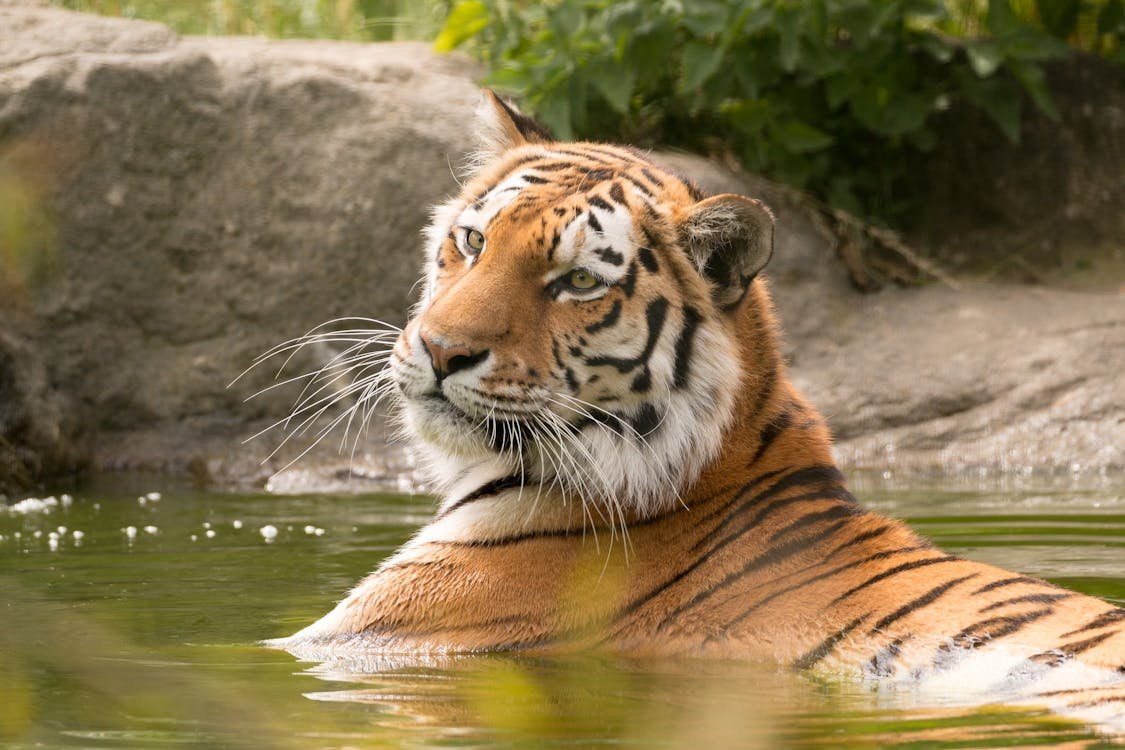Introduction
The majestic tiger, a symbol of strength and beauty, is facing unprecedented threats from habitat loss, poaching, and climate change. As the global population of these magnificent big cats continues to dwindle, innovative technologies are being harnessed to aid in their conservation. Among these, artificial intelligence (AI) stands out as a powerful tool that is revolutionizing the way we protect and study tigers in the wild.
1. AI-Powered Monitoring Systems
- Automated Camera Traps
AI algorithms are being integrated into camera traps to enhance wildlife monitoring. These smart cameras can automatically identify and classify animal species, significantly reducing the time conservationists spend analyzing footage. For instance, software can be trained to recognize tiger patterns, allowing for more accurate population estimates and behavioral studies. - Real-Time Data Analysis
By employing AI in data analysis, conservationists can process vast amounts of information in real time. This capability enables quicker responses to threats such as poaching or habitat encroachment, as well as the ability to track tigers’ movements and activities more effectively.
2. Predictive Analytics for Poaching Prevention
- Risk Assessment Models
AI can analyze historical poaching data to predict future incidents. By identifying patterns and risk factors, conservationists can focus their resources on high-risk areas, deploying patrols more strategically to deter poachers before they strike. - Community Engagement
Engaging local communities is crucial for conservation efforts. AI-driven platforms can facilitate communication between conservationists and local populations, allowing for the sharing of information about poaching threats and fostering community-led conservation initiatives.
3. Enhancing Habitat Protection
- Land Use Planning
AI can assist in modeling and predicting land use changes, providing insights into how habitat fragmentation affects tiger populations. By analyzing satellite imagery, conservationists can identify critical habitats that need protection or restoration, ensuring that tiger corridors remain intact. - Ecological Monitoring
Through the use of drones and AI algorithms, researchers can monitor ecosystems for health indicators, such as vegetation changes and prey availability. This holistic approach helps in maintaining the ecological balance essential for sustaining tiger populations.
4. Genetic Research and Breeding Programs
- DNA Analysis
AI is being used to analyze genetic data from tiger populations, helping scientists understand genetic diversity and identify potential breeding partners. This research is vital for developing effective captive breeding programs that enhance genetic diversity and ensure the long-term survival of the species. - Tracking Ancestry
Advanced algorithms can trace lineage and ancestry in tiger populations, helping to identify sub-populations at risk of inbreeding. This information guides conservationists in making informed decisions regarding breeding and reintroduction efforts.
Conclusion
Artificial intelligence is proving to be a game-changer in the field of tiger conservation. By enhancing monitoring, preventing poaching, protecting habitats, and aiding genetic research, AI empowers conservationists to make data-driven decisions and implement effective strategies. As the global community continues to rally for the protection of tigers, the integration of innovative technologies like AI offers a hopeful path towards securing a future for these incredible creatures. Through collaboration and commitment, we can leverage the power of technology to ensure that tigers not only survive but thrive in their natural habitats.

